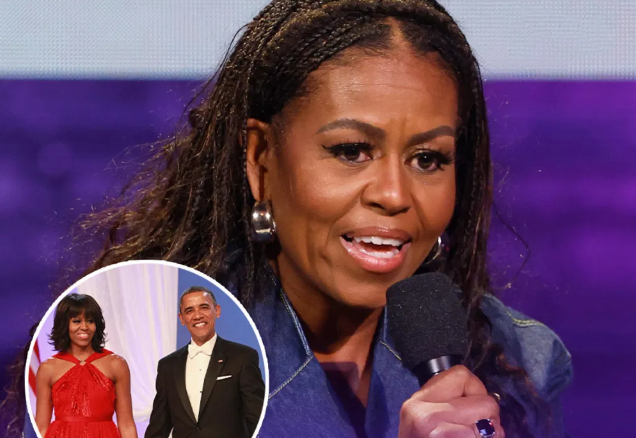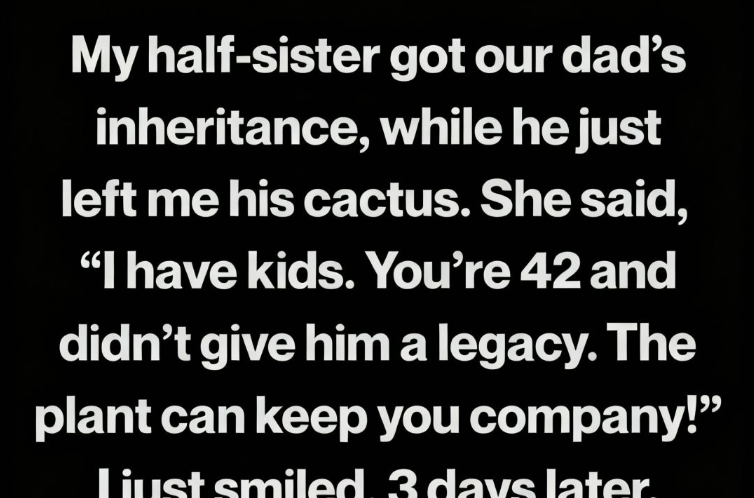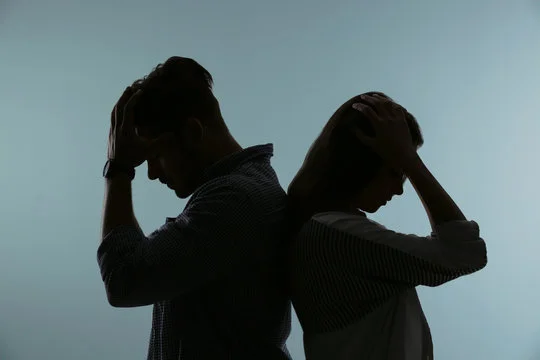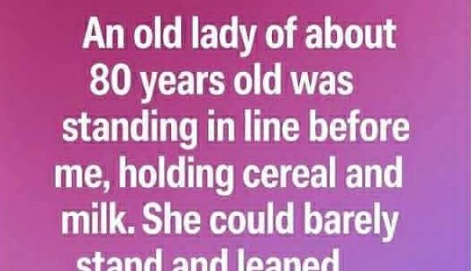Michelle Obama revealed the ways in which the media and the public developed an intense interest in her everyday physical presence, employing that focus as a means to set her apart from others.
The former First Lady shared insights into how a particular aspect of her physique became a target that both the media and various detractors turned into a point of contention against her.
Despite earning recognition as one of the most admired First Ladies in history—standing beside her husband, Barack Obama, whose presidency spanned from 2009 to 2017—she encountered a flood of harsh remarks, persistent online harassment, and unfounded conspiracy narratives throughout her years in the White House.
Michelle, now 61 years of age, explored the profound effects of this kind of scrutiny within the pages of her recently published fashion photo book, The Look, which made its debut earlier this week.
Inside this fresh publication, Michelle delved into numerous elements of her individual fashion sense and explained how she utilized clothing selections to draw attention to priorities close to her heart, such as advancing education, supporting military families, and promoting the well-being of children.
Furthermore, she spoke openly about the reactions from the press to specific outfits she selected, especially those that revealed her arms in a manner that sparked widespread surprise and debate.
Michelle Obama has shared details on the media’s handling of her role as First Lady through her new book called The Look (Arturo Holmes / Staff / Getty Images)
A particular ensemble she wore while joining Barack for his initial speech to a combined session of Congress appeared to provoke a strong backlash from observers, who labeled it as overly casual, unsuitable for the occasion, and mismatched with the time of year.
Prominent headlines from that period featured phrases like ‘Up In Arms’ alongside ‘Sleevegate’.
Michelle effectively highlighted that earlier first ladies, including Jacqueline Kennedy, had chosen sleeveless garments in the past—yet emphasized that their interpretations of such designs never provoked the level of commotion she experienced, pointing out how the media and public’s deep preoccupation with her uncovered arms served as an instrument to distinguish her in a negative light.
“While I am certainly not the only First Lady to get scrutinised – Hillary was constantly dinged for her preference for pantsuits, and Nancy Reagan was lambasted for her love of haute couture – this felt different,” she wrote.
“Barack and I were being portrayed as Black people who didn’t understand the ‘rules’ of the rarefied world we had found ourselves in and were not unequivocally welcomed into.”
Regrettably, this episode represented one of several occasions where her wardrobe decisions faced criticism for failing to align with expectations of what a First Lady should embody, as Michelle detailed in her writing.
Michelle explained the manner in which the media and public’s intense focus on her bare arms functioned as a mechanism to isolate her (Dr. Billy Ingram / Contributor / Getty Images)
During a 2009 visit to the Grand Canyon aimed at showcasing the nation’s remarkable national parks, Michelle opted for shorts paired with a tank top, a loose-fitting shirt layered over it, and sturdy hiking shoes—an outfit she considered perfectly suited to the challenging landscape and elevated temperatures.
Nevertheless, certain media sources expressed significant disapproval toward this entirely reasonable and practical ensemble.
Fashion correspondent Robin Givhan from The Washington Post described the clothing as ordinary in a piece that Michelle indicated caused her considerable distress.
“I’d grown to expect this kind of commentary from men and political opponents, but it was upsetting to me that a fellow Black woman would contribute to the pile-on,” she said. “We were seven months into a brand-new administration, and I was the first Black First Lady trying to find my way.”
In addition, the parent of two daughters discussed the need for vigilance regarding her facial cues after assuming such a prominent position in the public eye.
Michelle remembers receiving advice to remain mindful of her tone and facial expressions while serving as First Lady (CHARLY TRIBALLEAU/AFP via Getty Images)
“I was shocked when our communications team shared notes, rather sheepishly, that I should be careful of my tone and facial expressions, because my passion and humour could be weaponised against me,” she recalled.
“I can’t remember the first instance I was described as ‘angry’ by the press, only that it was often enough that articles and academic papers have since been written about the phenomenon.
“While I intellectually understood how that ‘angry Black woman’ trope could be used against me – and frankly, why Black women should be angry – in these instances, I was simply speaking my truth.”
This narrative from Michelle Obama underscores broader themes of resilience and authenticity in the face of relentless public examination. Her experiences illuminate the unique challenges faced by women in high-profile roles, particularly those who break new ground as the first in their positions from underrepresented backgrounds. By addressing these moments in The Look, she invites readers to reflect on the intersections of fashion, identity, and societal expectations.
The book itself serves as a visual and narrative journey through her style evolution, featuring stunning photographs that capture iconic moments from her time in the White House and beyond. Each chapter weaves personal anecdotes with broader discussions on empowerment, encouraging individuals to embrace their own expressions through clothing and presentation.
Michelle’s choice to highlight national parks during that Grand Canyon trip aligned with her commitment to environmental awareness and family outdoor activities, promoting health and exploration for all Americans. The criticism she received for her practical attire reveals much about the double standards applied to public figures, especially when their choices deviate from traditional norms.
Her reflections on tone and expressions touch on the careful navigation required in leadership, where genuine emotions can be misinterpreted or exaggerated to fit preconceived stereotypes. This aspect of her story resonates with many who have felt the pressure to conform in professional or public settings.
Through her words, Michelle Obama continues to inspire conversations about equality, representation, and the power of self-expression. The Look stands as a testament to her enduring influence, blending fashion commentary with poignant social insights. Readers gain not only a glimpse into her wardrobe but also a deeper understanding of the barriers she overcame with grace and determination.
As society progresses, stories like hers remind everyone of the importance of empathy and fairness in media portrayals. Michelle’s openness paves the way for future generations to challenge outdated tropes and celebrate diversity in all its forms. Her legacy extends far beyond the White House, influencing culture, policy, and personal empowerment on a global scale.
In exploring these personal trials, Michelle Obama demonstrates strength in vulnerability, turning past adversities into lessons of growth and solidarity. The Look emerges as more than a fashion book; it becomes a manifesto for embracing one’s true self amid external pressures. This work encourages ongoing dialogue about inclusivity and the evolving role of women in public life.






